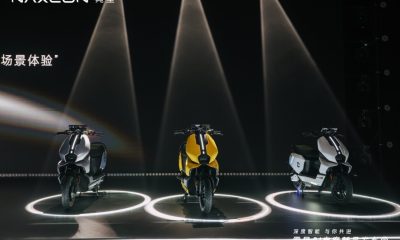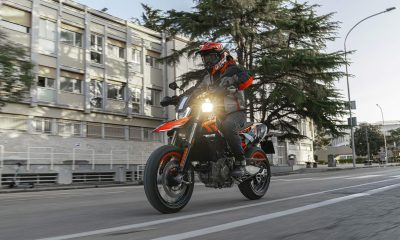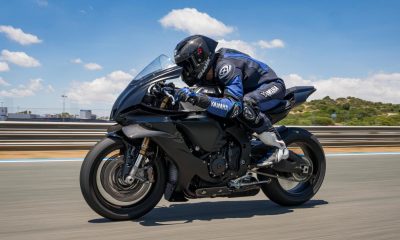Lit Motors revives its futuristic C-1 electric motorcycle with $1.6M in new funding, aiming to blend car safety and motorcycle agility in one self-balancing urban EV.
Subscribe to our Telegram channel for instant updates!
It’s been over a decade since Lit Motors first teased the world with the C-1, a self-balancing electric motorcycle that looked like something out of a sci-fi film. Now, after years of silence and missed production targets, the concept is gaining fresh traction. Lit Motors has secured $1.6 million through equity crowdfunding, marking a major step toward finally turning the C-1 from concept to reality.
But this isn’t just a comeback story. It’s a case study in what the future of urban transportation might look like.
Not Quite a Car, Not Just a Bike
The C-1 defies easy classification. It’s a fully enclosed, two-wheeled electric vehicle that offers motorcycle manoeuvrability with the safety and comfort of a small car. Think seatbelts, airbags, climate control, and even a digital cockpit—all housed in a sleek, narrow body that can weave through traffic like a scooter.
What truly sets the C-1 apart, however, is its gyroscopic stabilisation system. Borrowing technology from the aerospace world, the vehicle stays upright even when stationary or in a crash. For city riders nervous about balance or safety, this could be a game-changer.

Why Now?
The concept isn’t new. CleanTechnica covered the C-1 back in 2012, when a 2014 production launch was expected. That didn’t happen. But with more than 1,000 investors now buying into Lit Motors’ renewed vision, the company is gaining new life at a time when urban mobility is evolving fast.
The funding will go toward developing a production-ready prototype in collaboration with German engineering firm Ideenion. The prototype will undergo rigorous safety testing to meet European NCAP standards. A market debut is now planned for 2029. We can expect production targets to reach 300,000 units annually by 2034.
Built for the Urban Future
Cities are getting denser, parking is shrinking, and emissions targets are tightening. In this context, the C-1 begins to make more sense. With projected specs of over 100 mph top speed and up to 200 miles of range, the C-1 offers the practicality of an electric motorcycle with the protection of a compact EV.
And it’s not just theoretical demand. Lit Motors reports over 1,450 pre-orders—a strong signal that urban commuters are open to alternatives that go beyond e-scooters and Teslas.
The Bigger Picture
The C-1 isn’t just another quirky EV prototype. If it succeeds, it could carve out a new category of transport: one that offers the efficiency and affordability of two-wheelers while mitigating the traditional downsides of exposure and risk.
As governments push for sustainable transport solutions, vehicles like the C-1 present a unique answer. They require less infrastructure than cars, use less energy, and take up less space—yet they offer enough comfort and safety to appeal to car-first commuters.































Facebook
Instagram
X (Twitter)
YouTube
LinkedIn
RSS